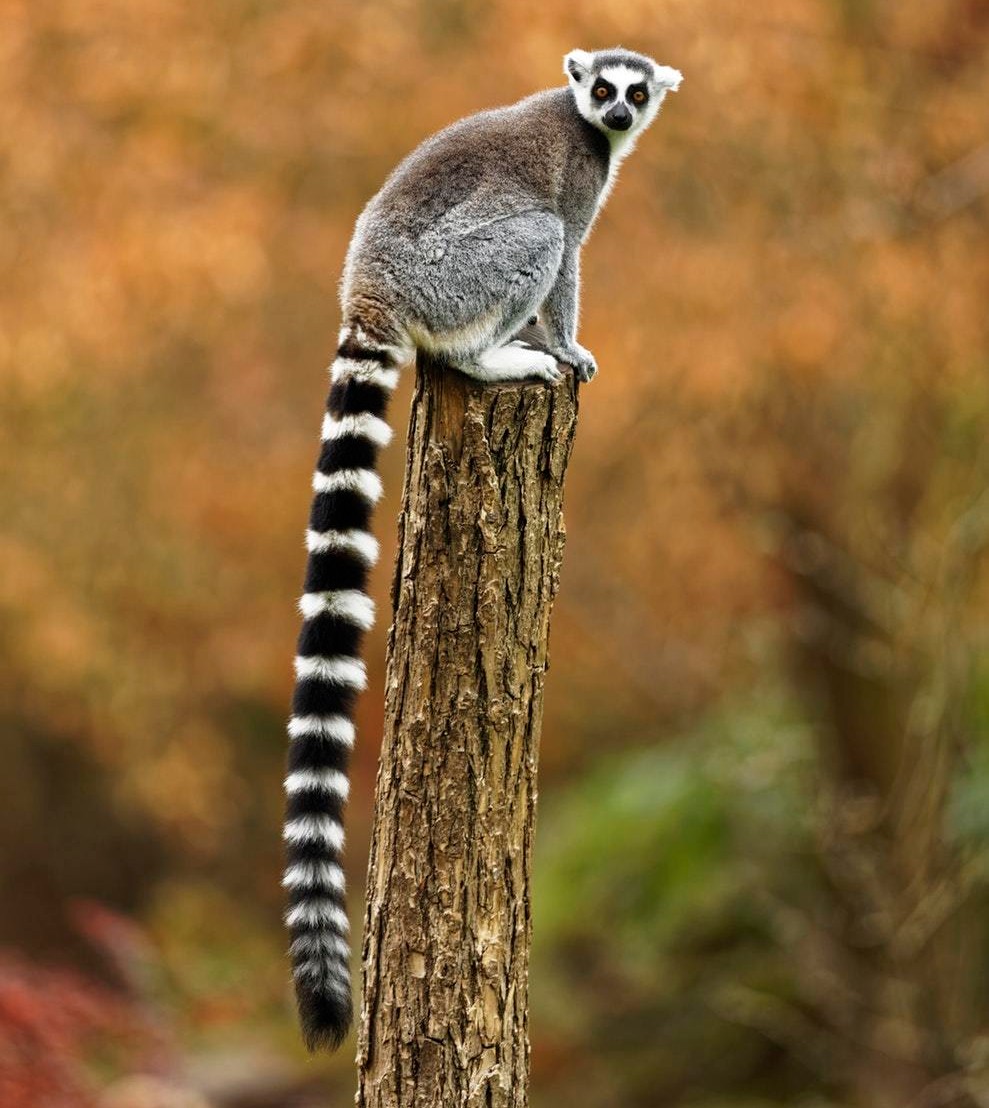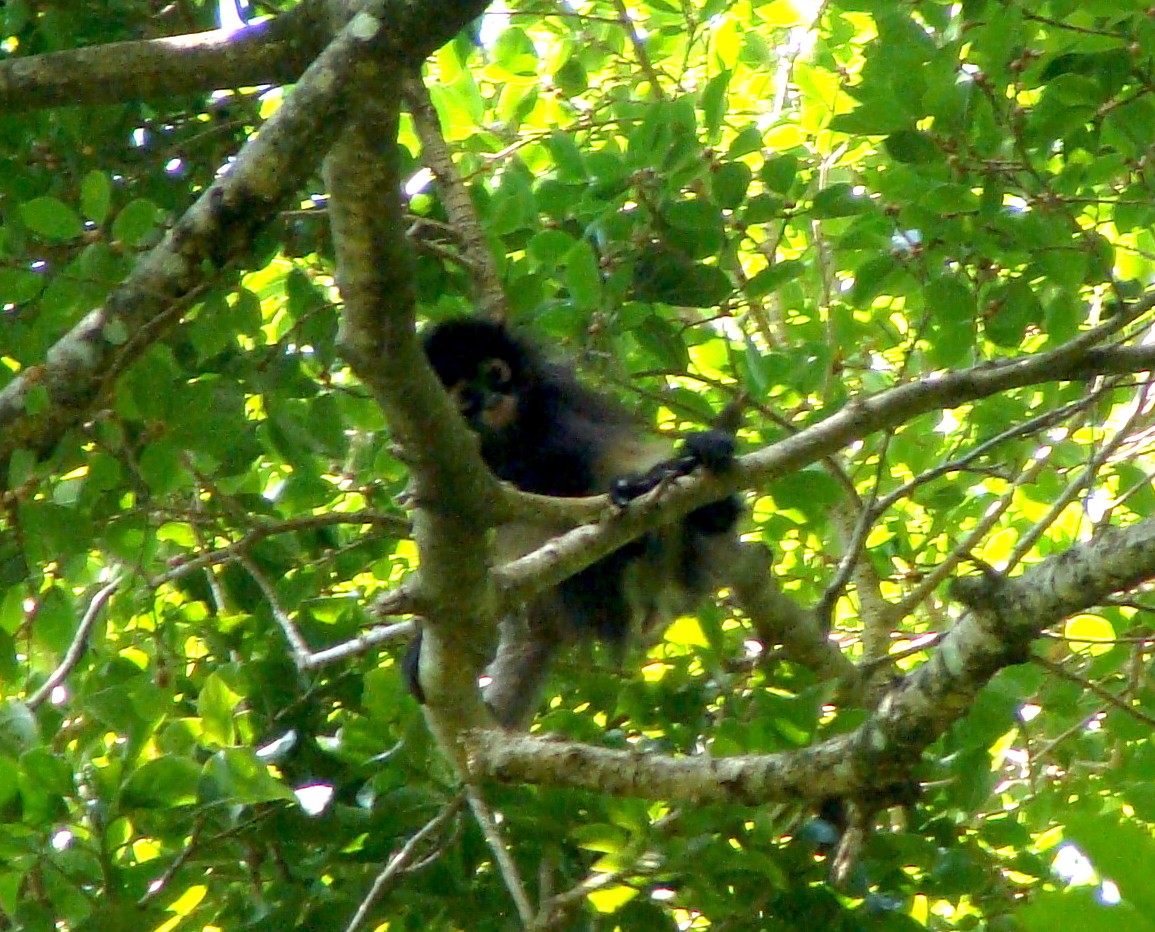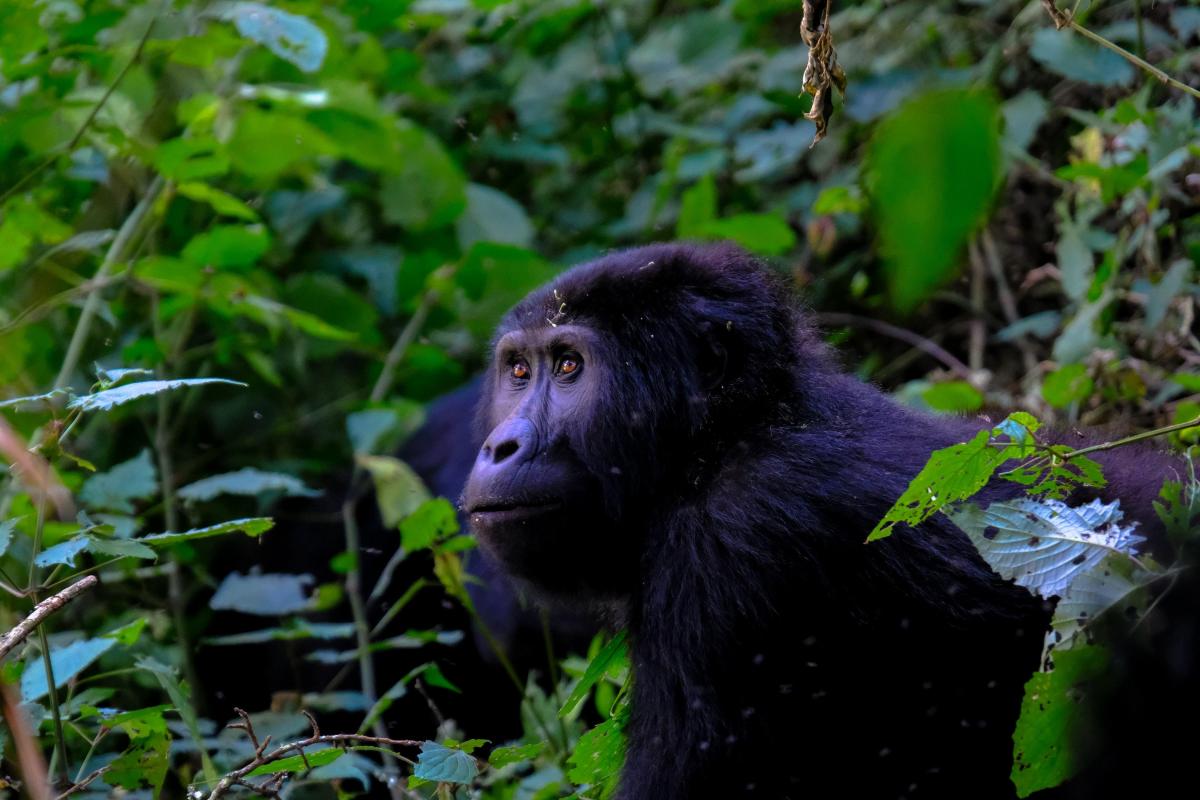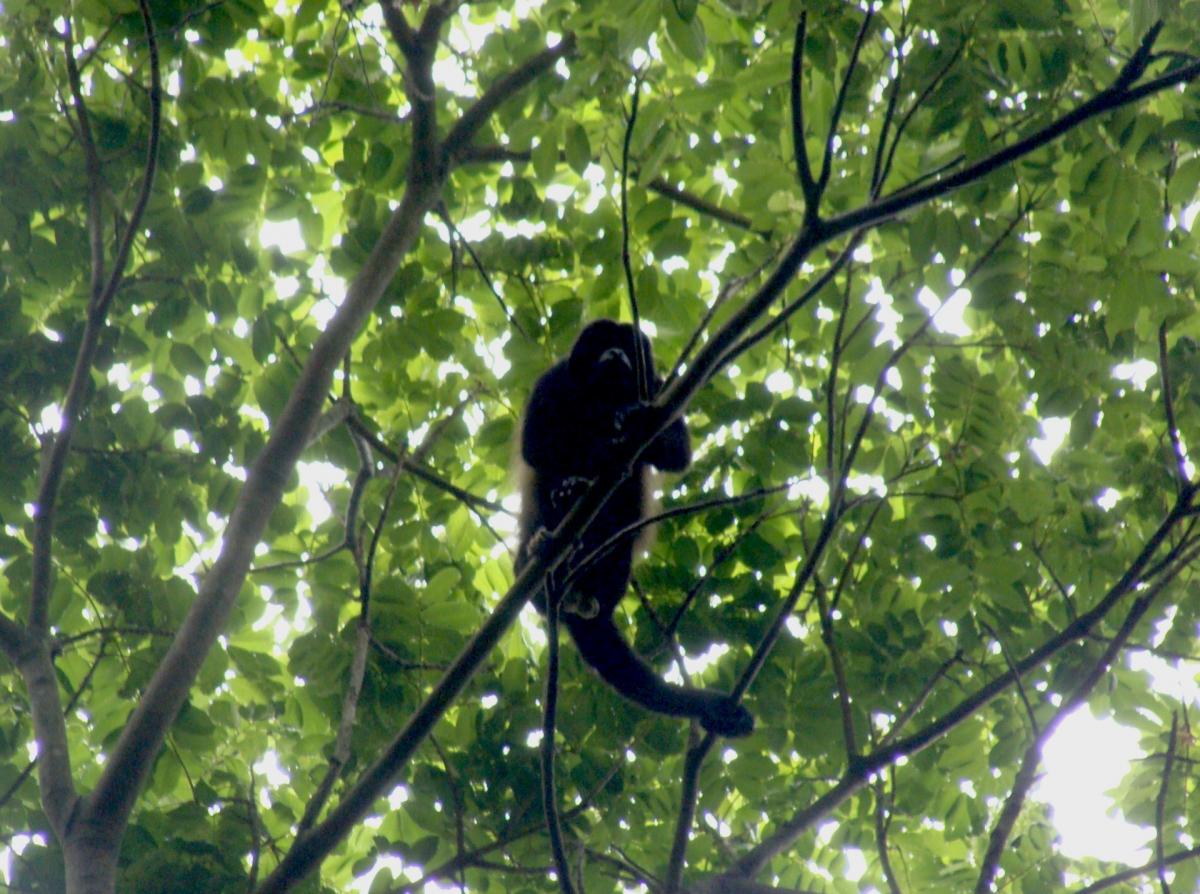IUCN study identifies primate species vulnerable to extreme climatic events
A new study has assessed the vulnerability of primates to cyclones and droughts, identifying the areas where affected species are found. It highlights species with a high extinction risk according to the IUCN Red List of Threatened Species, helping to facilitate the prioritisation of both species and places for effective risk mitigation.
The study, published in Nature Climate Change, reveals that 16% of primate taxa are vulnerable to cyclones, particularly those in Madagascar. Meanwhile, 22% of primate taxa are vulnerable to droughts, mainly in the Malaysia Peninsula, North Borneo, Sumatra and tropical moist forests of West Africa. Over 90% of the taxa vulnerable to cyclone impacts and 65% of the taxa vulnerable to the effects of droughts are threatened with extinction, including respectively 23 and 26 taxa that are Critically Endangered on the IUCN Red List.
Extreme climatic events, such as cold waves, heat waves, floods, droughts and cyclones can generate sudden and severe changes in the environment with devastating consequences on species and populations. This component of global environmental change poses a significant challenge for present-day conservation prioritization and management.
The authors conducted this assessment through the IUCN Species Survival Commission (SSC) Climate Change Specialist Group, following the IUCN–SSC Guidelines for Assessing Species' Vulnerability to Climate Change. They took into account primates’ sensitivities and adaptive capacities related to their intrinsic susceptibility associated with 11 biological traits, while considering their exposure to cyclones and droughts over the past 45 years.
“In recent years, primates have had the greatest exposure to cyclones and droughts among terrestrial mammals. Species’ vulnerability to negative impacts from these events is thought to depend on a combination of exposure, sensitivity and capacity to adapt to direct and indirect climate-induced disturbance,” explained Eric I. Ameca, co-author of the study and member of the IUCN SSC Climate Change Specialist Group.
The study warns that although we cannot assume exposed primates will face more frequent and intense cyclone activity in the future, primates could become more threatened with extinction as a result of the combination of cyclone-induced disturbance and human impacts.
“This is likely the scenario for the only home to wild lemurs – 72 of the 89 threatened taxa identified as vulnerable to cyclones are endemic to Madagascar, where habitat loss and hunting remain the paramount threat to lemurs’ survival, while severe droughts are also recurrent in the south of the island,” noted Eric I Ameca.
Furthermore, the study shows that southeast Asia is the region with the most primate taxa vulnerable to droughts. It reveals that 1%, 15% and 17% of the 171 taxa in this region have been assessed as extremely, highly and moderately vulnerable, respectively. These primates are most concentrated in the tropical moist forests of the Malaysia Peninsula, Sumatra, North Borneo and Sri Lanka. “Against the backdrop of extensive logging, oil palm agriculture and high human population growth, it is not difficult to portray an increasingly bleak future for southeast Asian primates as the region is predicted to experience more prolonged droughts in the next half of the century,” said Lyubing Zhang, lead author of the study.
“By protecting and enlarging species’ population sizes and habitats we can make them more resilient. Minimising other threats such as overhunting, invasive species and diseases also reduces impacts from extreme climatic events,” continued Lyubing Zhang.
“Most previous research to date has focused on average changes in climate elements such as temperature and rainfall, but it is the extremes – heat waves, droughts and floods - that are often most threatening to species’ survival. Climate change exacerbates these extremes, making them even more severe for species. In the face of the rapidly escalating climate change, studies like this one make a really important contribution to our understanding of impacts and thereby our ability to tackle them,” emphasised Wendy Foden, co-author of the study and Chair of the IUCN SSC Climate Change Specialist Group.
This work was carried out through the IUCN SSC Climate Change Specialist Group. Key contributors to this work include Georgina M. Mace of the Centre for Biodiversity and Environment Research (University College London), and Guy Cowlishaw and Nathalie Pettorelli of the Institute of Zoology (Zoological Society of London).







